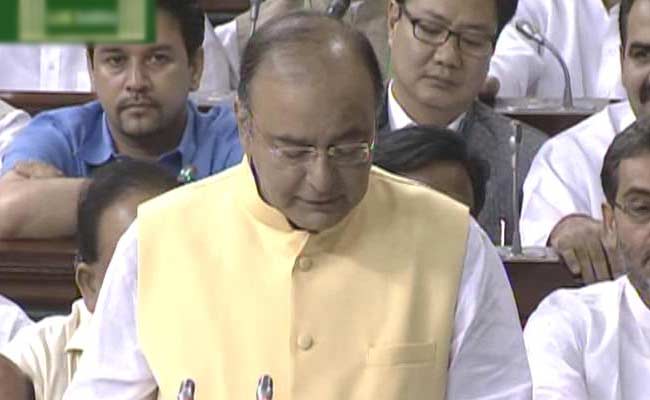Budget making Process in India
The job of FM’s is second most difficult after PM in India, given the compulsions of balancing the aspirations of industries, stock markets, investors, global markets and common man on one hand and fiscal consolidation, reducing subsidies, higher tax to GDP ratio, and providing stimulus to growth on the other. The rigorous process of budget making passes through various stages. The budget for a particular financial year let’s say 2015-16 comprises of budget estimates of 2015-16, revised estimates for 2014-15 and actual expenditure of 2013-14. The budget is prepared by the budget division in department of economic affairs, Ministry of Finance.
Budget is passed through 4 different phases viz. Formulation of Budget, Budget enactment or approval by the legislature, budget execution, and auditing of the implementation on behalf of the legislatures.
The process for budget making starts in Aug-Sept of the previous year means for budget 2015-16 it started in Aug-Sept 2014. An annual budget circular (let’s say for 2015-16) is issued to all the ministries containing the entries of estimates (2015-16), revised estimates (2014-15), and actual expenditure (2013-14). The five year plans are referred to discuss the gross budgetary support from the union government to support the annual plans. Till now the planning commission played the crucial role in suggesting the expected expenditure and the gross budgetary support available from the finance ministry for the plans of different ministries.
Finance commission decides upon the distribution of the revenue so collected through taxes between the states and centre. With the abolition of planning commission the role of Finance Commission would be crucial.
The real test of the budget maker is to pass the legislation which fiscally disciplines the government. The fiscal responsibility and Budget management (FRBM) act sets the target of keeping the revenue deficit nil and fiscal deficit below 3%. This way the government is prevented to make any populist or irrational public spending.
The process of budget takes final shape in around month of January when the revenue –earning minister provide the estimates for the revenue receipt of the current fiscal year and the estimates for the next year. The estimates from the ministries are also collected to get an idea from the previous estimates and the need to reallocation to the various schemes of the concerned ministry. It gives an idea to the ministry of total revenue expected to be collected and hence accordingly plan the allocation to different sector.
Finance minister at this stage examines the proposal thoroughly and make changes to it if needed after due consultation with the officials. The minister then consults the budget with the prime minister and also briefs it to the cabinet. If there is any conflict arises between any ministry and the finance ministry the issue is resolved with adequate discussions. The budget division then starts consolidating the plan and all figures and fact are made to put in the final document. It is assisted by the National Information Centre (NIC) in the computerized consolidation of the budget data.
Then finally the finance minister takes the permission of the president to present the budget in the parliament. By convention the union budget is presented on the last day of February in the Lok Sabha. The budget is tabled at the Rajya Sabha only after the finance minister completes its speech in the Lok Sabha. A broad discussion takes place at this stage without any voting. Then the house is adjourned.
The estimates of ministries and the demands for grants are given to the standing committees for examining. There are 24 such committees which submit its report on the demands for grants of each ministry. Once the report is tabled on the house a detailed discussion takes place according to the timetable. During the discussion the MP’s call for different cutting tool viz. cut motions reducing the grants and slashing the demands. Those demands which have not been voted for are guillotined i.e. they are passed without the discussion.
After voting the demands for grants, appropriation bill is introduced and voted upon, which authorizes the government to spend the money from the consolidated fund of India. The finance bill is then taken up and passed in the Lok Sabha.


